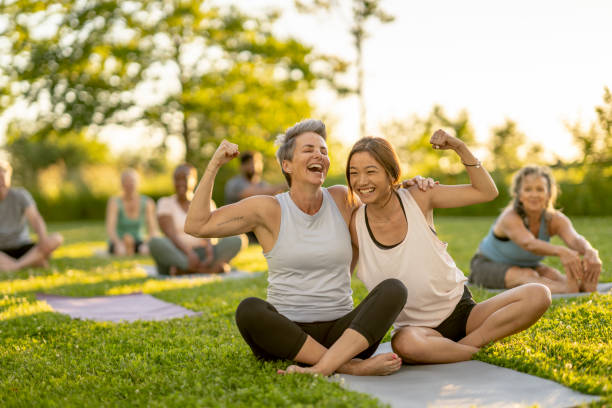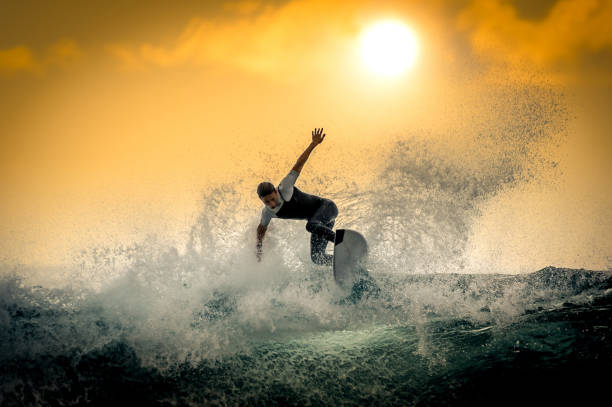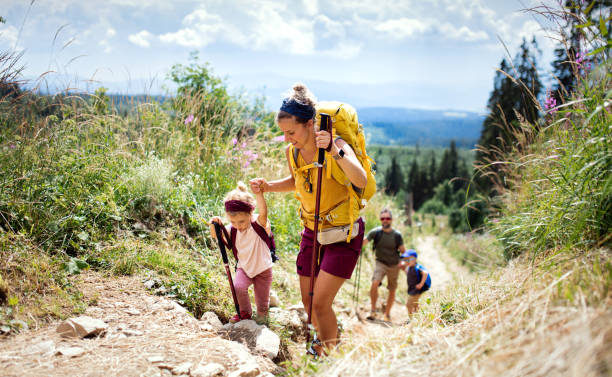What makes the best indoor games? Why do you get yourself involved in them? Do they provide an opportunity for your body strong and fit for better health and physical activity, or is just a great way to pass the time with friends, colleagues, or family? When it comes to fitness, the answer certainly depends on what type of game you choose!
The following is a list of the top 10 most popular indoor sports activities. They all have their unique benefits, but a good starting point understands why people get hooked on them and why people spend so much time playing them!
BODY STRONG AND FIT
1) Running
Running is perfect on any level of running. It gets your heart siphoning and blood coursing through your body. Your body will burn off calories at a faster rate when you run, and more energy goes into your muscles for the next step if you finish each sprint with the same effort you put into it beforehand.

And then there’s the endorphin rush after completing a run that has been so long that you can finally stop for a breather and start fresh with some fresh air after a hard workout!
Running can also help reduce your risk of other chronic diseases such as high blood pressure, diabetes, and heart attack. You can also improve your memory and boost your creativity by doing regular sessions for longer periods. Runners often find themselves more confident on-the-field because they know that they can keep going when obstacles arise.
Running is also a great cardio and toning exercise which has many health benefits for your body and mind. Not only does it burn calories, it keeps you feeling happier and healthier because of the increased mood and less stress. Plus the adrenaline you get from running gives you additional fuel for physical work out, leading to a stronger body.
2) Tennis
Tennis is one of the most effective forms of endurance sports because you have to work for it. The tennis match involves a lot of mental strength for both sides, especially if there is a draw between the two players. That includes making smart decisions when the chips are down, taking calculated risks when your opponent serves or blocks shots, and finding the right shot and delivery when the opposing team knows which player is about to be served.

You won’t want to get hit that badly on a bad surface such as grass, while still having to dig in deep into your own legs to avoid being stung by a big serve, so you need to take more risks to get the ball in those places.
Also, the sheer number of points you receive in a single encounter determines the amount of time you can play the game without causing injury – if you get too few, you’ll waste time trying to think your way around a net that isn’t designed for your size, and if you get too many, your joints may suffer injury. There is also a risk of losing grip on things so you need to work on controlling your racket or a net, particularly if you don’t have strong hands.
But if you play well enough, you can beat almost anyone who plays tennis well. Whether you like it or not, there are no limits to what you can achieve – you just need to work very hard to reach those heights and have fun while you are at it.
3) Table Tennis
Table tennis is a low-risk option – you’re not risking anything – but this sport is totally aerobic. So if you feel physically tired you should be able to go for a rest and come back when your strength allows! However, if you don’t like walking around (which is a common occurrence with table tennis) then the easiest route out may take you outside the courts.

But fortunately, most houses have a large outdoor space that can accommodate a couple of chairs or even a garden bench. If this doesn’t sit well with you then you’ve been warned!
There is nothing like getting up with your kids and watching some TV with them. If you need to go and have some time away from your home, you’ll appreciate the fact that there are plenty of free hours in the day when there aren’t rules and regulations surrounding your children. Even though you might not enjoy it, you can always look forward to spending time with your family and enjoying your free time together!
4) Scuba Diving
Scuba diving is an excellent alternative to swimming in water! It’s basically a breathing technique where you try to breathe harder in the water, increasing lung capacity. In addition to keeping your lungs open, it can improve balance and coordination. A recent study shows that scuba divers use oxygen less than non-athletes and that breath holding times increase with practice.
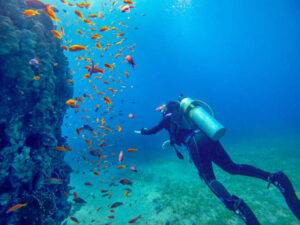
And as such, dives generally lead to higher levels of blood oxygenation, which helps the brain and nervous system during high intensity training. This means that Scuba Diving tends to be a great form of exercises for aerobic exercise, thanks to its lack of impact on weight and muscle mass.
This kind of exercise is suitable for people with limited mobility. You may also benefit from reducing eye and shoulder pain. Many studies show that repeated exposure to water, combined with proper movement and relaxation techniques, can improve circulation and cardiovascular health.
Diving is more than just a way to cool down after a tiring session, but it’s also an optimal form of aerobic exercise to add to your fitness routine. Who knows what kind of results it might bring and how far it can be pushed? Let’s hope for a happy outcome!
5) Cycling
Cycling is a great way to burn calories and build muscles. Because it is aerobic, you’ll be able to go for longer distances and stay more focused throughout the ride. It is ideal for people with lower back pain and hip problems because most of the pain can be reduced with more resistance. Since cycling requires a lot of leg power, especially when riding uphill, it tends to make people feel energized and invigorated throughout the whole ride.

Studies show that short rides of 5 to 30 minutes per day tend to leave you sweating, but the effect lasts for several days. Some people say that cycling is the best thing they ever did for their body. For those who have mobility issues, cyclists can give you the confidence you need to tackle your everyday challenges and you also help you develop self-esteem as you learn to conquer those fears and insecurities about living a ‘normal’ life.
Cycling is very simple! All you need is a bike (or similar equipment), a pair of shoes, and a helmet. You will need to wear them all the time, but there’s nothing stopping you from cycling all over town and seeing the world! After a ride, people typically become even more motivated to go for more rides and start riding at least every now and again.
6) Mountain Biking
Mountain biking is quite different from cycling because you need a full stomach and a bigger frame to carry a heavier item. Although this means you take a little extra pep for it, it might actually boost your muscles and heart and help you stay energized throughout the day. An interesting side effect of mountain biking is that it really does raise the heart rate for short periods, giving your heart and muscles some extra stimulation. One study showed that women who rode four days a week for three months had an average gain in their heart rate of 21 beats per minute.

In addition to the obvious physical and psychological benefits that come with hiking, mountain biking can challenge you to become more creative and inventive – these are important qualities for people with anxiety!
7) Jump Rope Jumping

Jump rope can have a surprisingly relaxing effect on people, especially when compared to traditional jumping rope, where the rope becomes twisted and heavy enough to cause serious injuries. Jump rope jumping is the equivalent of walking into a wall, although in reverse! No jumping rope, no worries about twisting the rope, so you’re safe and safe! Jump rope jumping is great for athletes, but it’s great for anyone who enjoys the excitement of jump roping like me, or for the thrill of creating something exciting, like skipping ropes. Just remember it’s not just fun, but it also provides you with great exercise and has tons of fun!
8) Skateboarding
Skateboarding is a blast! With all due respect to the skateboarding community, it shouldn’t be labelled as a ‘skateboarding’ genre – but it could be considered as a ‘skateboarding’ sport. As such, it’s also called skateboarding because it consists of using skateboards and boards in order to skate.
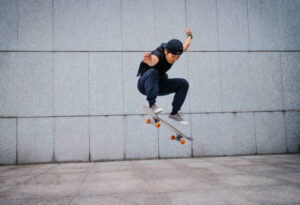
While this may sound really trivial, it definitely works for everyone and this is actually the reason why skateboarding gained popularity so quickly. The act of jumping onto boards and then pulling oneself up so that your feet touch the board is pretty easy and there is really no difference between skateboarding and climbing. The key is in keeping your mind engaged, so that if you fall, you are aware of the situation, rather than flummoxed at falling. This also means making sure that you don’t let a mistake happen when you go wrong.
Skipping ropes is another type of skiing that is good for beginner’s skaters. These are a bit more difficult – usually on icy surfaces, they need a certain level of skill and accuracy to be successful. However, once mastered, you could easily do them all in one jump.
Once you do have a decent enough repertoires of tricks, you can hop over and go for a quick loop on thin ice and skate for ages – it was really easy as pie! It is often claimed that skateboarding develops the hand and arm muscles.
